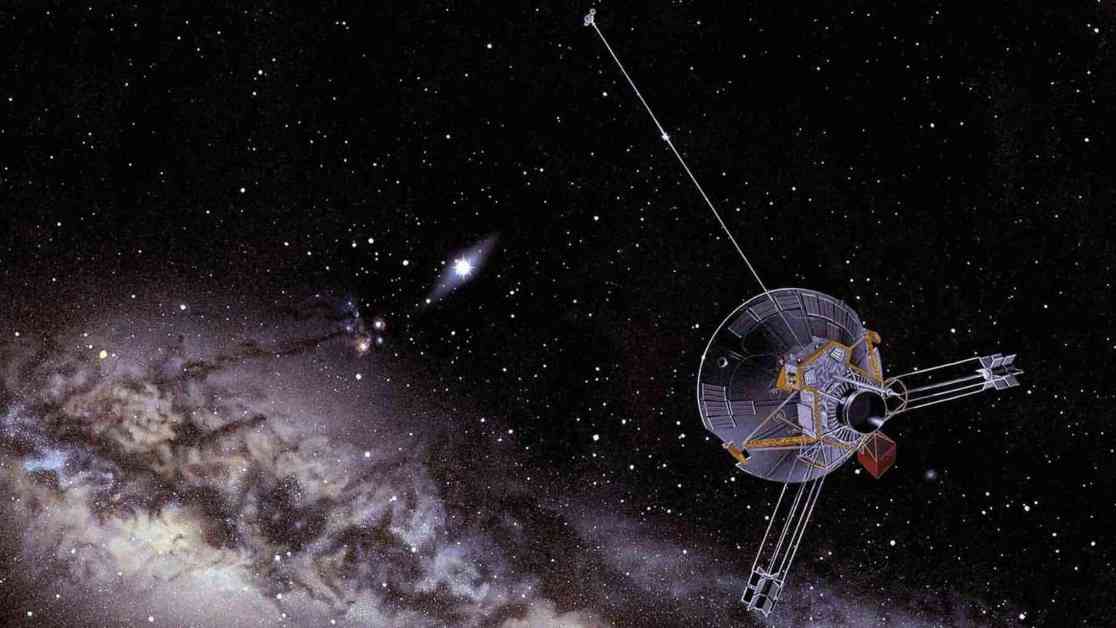Ion engines have the potential to revolutionize space travel, allowing us to reach distant destinations in our solar system and beyond. A recent study presented at the 75th International Astronautical Congress in Milan proposed the use of ion drives for ambitious missions to Jupiter, Pluto, and even the solar gravitational lens (SGL) located 550 AU from the Sun.
The key to achieving these missions lies in developing an “ideal” ion drive with specific characteristics for optimal performance. One crucial element is the power plant, which needs to be efficient enough to sustain thrust for over a decade. The researchers suggested an ideal power plant that could deliver 1kW per kg of weight, a significant advancement from current technology where the best ion thruster power sources can only provide about 10W per kg.
Thrust efficiency is another critical factor for interstellar missions, with the researchers proposing an idealized thrust efficiency of 97%, far exceeding current technologies that typically operate at 75-80% efficiency. Specific impulse, a measure of propulsion efficiency, was also highlighted, with the ideal value falling between 34,000 to 76,000 seconds, potentially doubling with the right thruster and propellant combination.
While improving specific impulse is important, the paper emphasized that the real challenge in advancing ion drive technology lies in developing power plants capable of supporting these drives. Addressing this limitation could pave the way for significant progress in this field. With all these features integrated into a functional propulsion system, we could launch a payload of nearly 18,000kg to the SGL in just 13 years, a remarkable feat that surpasses current mission capabilities.
As we continue to explore the possibilities of ion drives for interstellar travel, advancements in power plant technology will be crucial for unlocking the full potential of these propulsion systems. By pushing the boundaries of efficiency and performance, we may soon see a new era of rapid and efficient interstellar travel, expanding our reach into the cosmos like never before.













